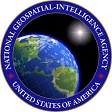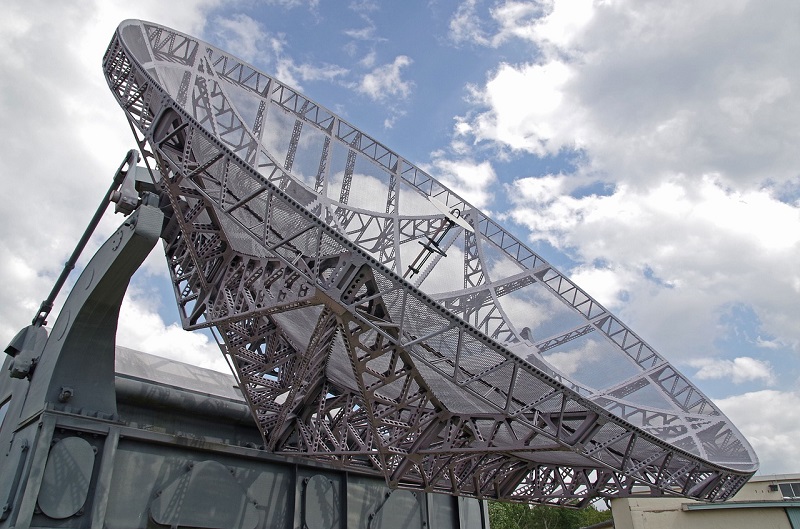2017 Geospatial Intelligence Hall of Fame inducts six former leaders, geospatial pioneers
 The National Geospatial-Intelligence Agency inducted the Geospatial Intelligence Hall of Fame Class of 2017 during a ceremony at the agency’s headquarters in Springfield, Virginia, on October 3.
The National Geospatial-Intelligence Agency inducted the Geospatial Intelligence Hall of Fame Class of 2017 during a ceremony at the agency’s headquarters in Springfield, Virginia, on October 3.
“[The] induction into our Hall of Fame is the absolute pinnacle of achievement and recognition for anyone who’s ever served in a part of the geospatial intelligence enterprise,” said NGA Director Robert Cardillo. “The 65 phenomenal names inscribed in our Hall of Fame before today each represented pioneering spirits and hard work. They persisted and reached the pinnacle of our profession – not for themselves, but for the United States and our allies.”
This year’s inductees are:
David Alspaugh, Ph.D.
David Alspaugh, Ph.D., served as a physical scientist for NGA’s predecessor agencies, the United States Air Force Aeronautical Chart and Information Center and Defense Mapping Agency Aerospace Center, and played a leading supervisory and hands-on role in the development and continuing improvement of the methodology and complex instrumentation used to exploit satellite imagery. He developed the Point Positioning Data Base and assembled the supporting equipment ensemble, the Analytical Point Positioning System, which were used during the Vietnam War and improved future military operations and increased their effectiveness.
Barbara Bond, Ph.D.
Barbara Bond, Ph.D., worked for the U.K. Ministry of Defence and worked closely with international partners, including DMA, on building and strengthening relationship to ensure the success of joint programs and GEOINT support. As the chair of the International Hydrographic Organization’s Antarctic Commission, she led the efforts to bring international agreement to surveying and charting programs around Antarctica during a time when increased tourism led to larger ships navigating the primitively-charted waters.
Nancy Bone
Nancy Bone led the way for women in the intelligence community as the director of NGA’s predecessor agency the National Photographic Interpretation Center. She spearheaded the effort to create innovation in information sharing which led to the first time NPIC analysts and support personnel could electronically access CIA files, exchange work documents and communicate with colleagues. She also pushed NPIC to increase dissemination of digital products and become a major provider of products and information on classified shared networks, increasing the availability of essential NPIC products for customers worldwide.
Keith Hall
Keith Hall was the 12th director of the National Reconnaissance Office, was appointed as the assistant secretary of the Air Force (Space) and also served as the executive director of Intelligence Community Affairs. Hall, with the vice chairman of the Joint Chiefs of Staff, led the study that created the National imagery and Mapping Agency, the effort that consolidated and coordinated all U.S. imagery and cartographic capabilities and resulted in the nation leading the way in geospatial intelligence.
Retired Vice Adm. Robert Murrett
Retired Vice Adm. Robert Murrett, former NGA director, pushed to get more analysts and support staff into theater during the wars in Iraq and Afghanistan, which deployed highly-trained geospatial intelligence analysts to combat zones to support warfighters. Murrett also ensured NGA provided a common operating picture in Haiti following the earthquake and tracked the Deepwater Horizon oil spill in the Gulf of Mexico. He oversaw the construction of NGA Campus East, which consolidated the agency’s East Coast operations into a central location.
Lloyd Rowland
Lloyd Rowland served as NGA’s deputy director and assisted the director in formulating policies and managing agency activities in order to accomplish the agency’s mission and best serve warfighters, policymakers and first responders who depend on timely, accurate and actionable GEOINT.
NGA honors and inducts Hall of Fame members each year to recognize those who have profoundly affected the geospatial intelligence tradecraft and have made significant and transformative contributions to the GEOINT tradecraft.
Source: NGA








